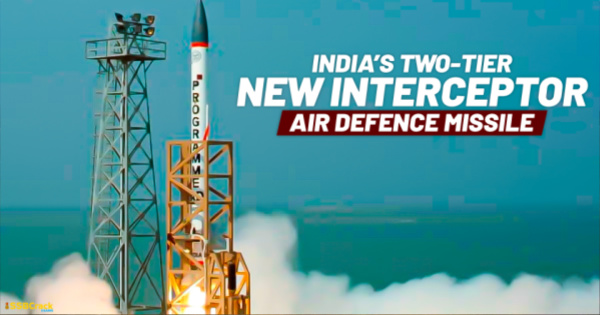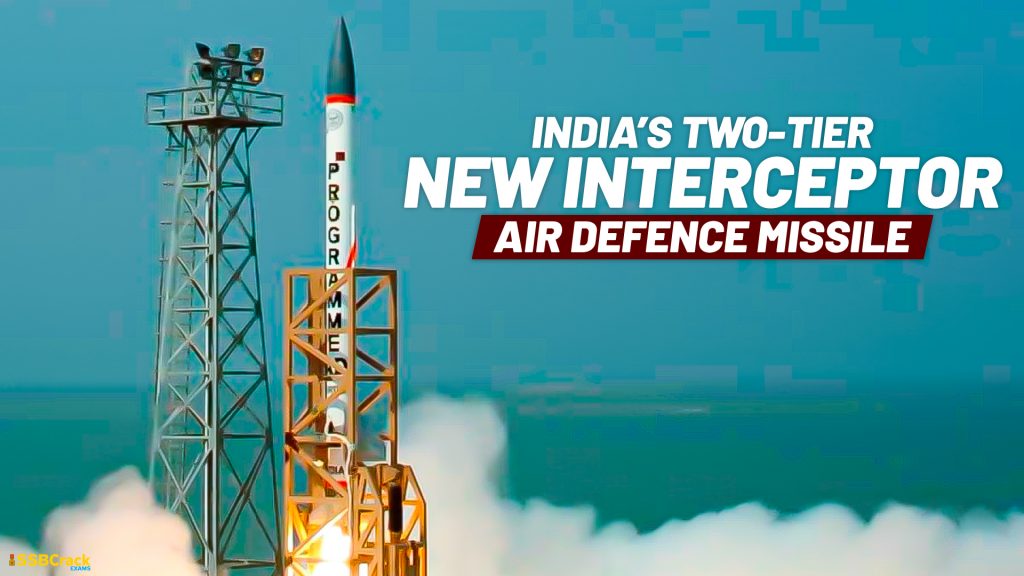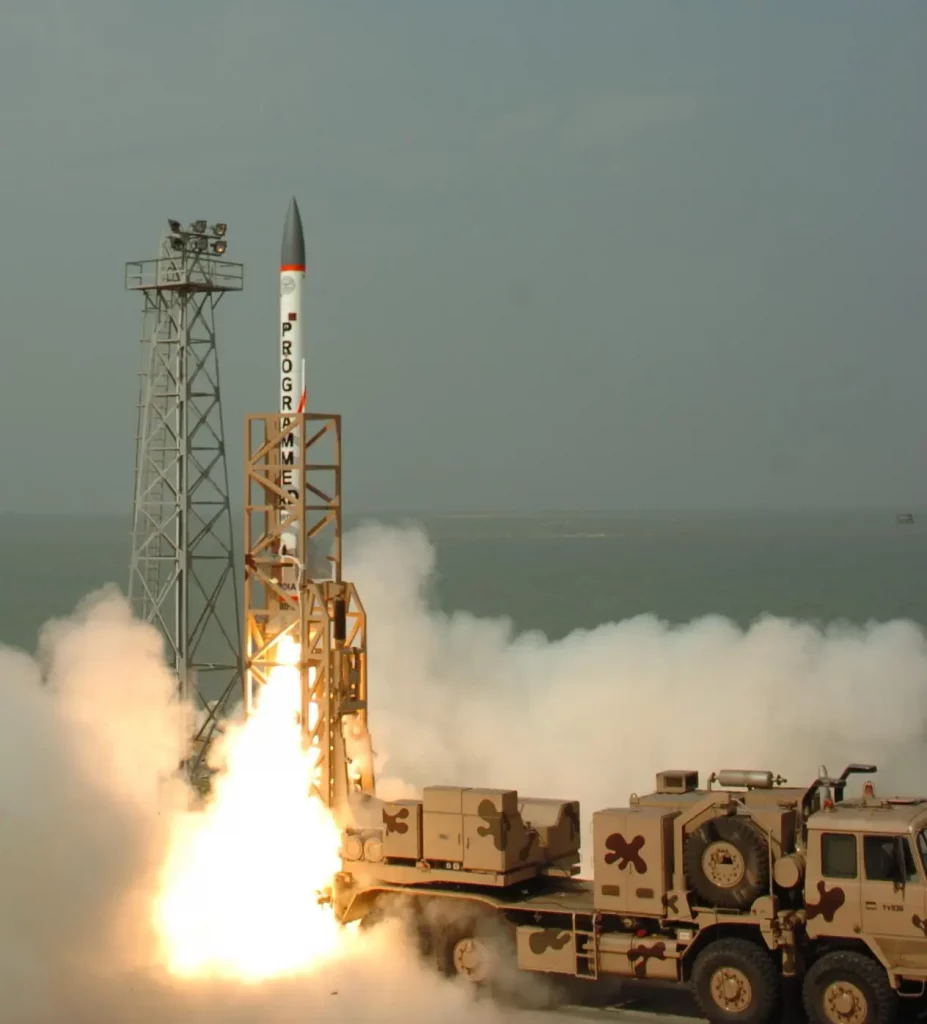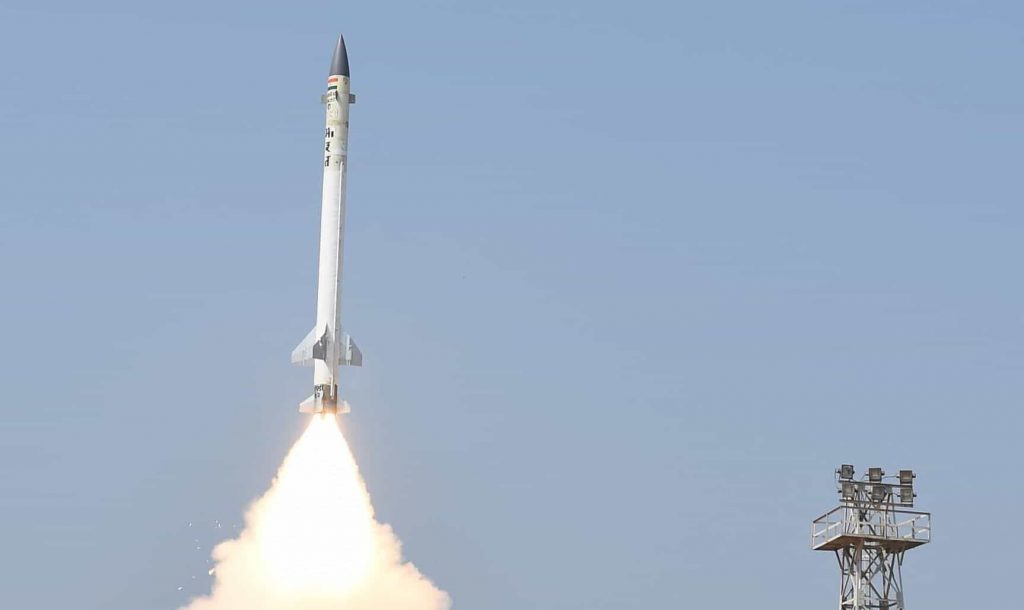India has tested a new interceptor missile for Phase II of its indigenous two-tier ballistic missile defence (BMD) system, which is capable of intercepting both long-range nuclear missiles and slow-moving aircraft.
The development of Phase-I of the two-tier BMD, which is designed to track and destroy nuclear missiles both inside (Endo) and outside (Exo) the earth’s atmosphere at altitudes ranging from 15-25 km to 80-100 km for “a higher kill probability,” was completed some time ago by the DRDO.
Operational Status
According to sources, the government has refrained from authorizing its full-scale operational deployment in any critical location. This could be due to the high costs involved, or it could be due to strategic calculations that it may prompt Pakistan to build a more extensive nuclear arsenal and countermeasures. Of course, India has deployed Russian S-400 Triumf surface-to-air missile systems capable of detecting, tracking, and destroying incoming strategic bombers, jets, spy planes, drones, and even intermediate-range ballistic missiles.
Also read: Complete List Of Air Defence Systems Used By The Indian Armed Forces
DRDO, for its part, is working on developing the technologies needed for a full-fledged BMD system. Phase-I of the BMD system, with interceptors flying at 4.5 Mach supersonic speeds to intercept enemy missiles, was intended to deal with hostile missiles with a 2,000-km strike range, according to the original plan. Phase II, in turn, is expected to take on missiles with a range of 5,000 kilometers.
About Air Defence (AD-1)
The AD-1 is a long-range interceptor missile designed for low exo-atmospheric and endo-atmospheric interception of long-range ballistic missiles as well as aircraft (such as AWACS or airborne warning and control systems), according to the defence ministry. The AD-1, powered by a two-stage solid motor, is outfitted with indigenously developed advanced control systems, navigation, and guidance algorithms to precisely guide the vehicle to the target.
Defence Minister Rajnath Singh stated that the AD-1 “is a unique type of interceptor with advanced technologies available to only a very few nations in the world,” adding that he is confident that it will strengthen the country’s BMD capability and take it to the next level. DRDO chairman Samir V Kamat, in turn, said the AD-1 interceptor will provide “great operational flexibility to the users and has the capability to engage many different types of targets”.
Also read: Top 10 Anti-Aircraft Missile Systems In The World
Only a few countries, including the United States, Russia, Israel, and China, have fully operational BMD systems that include an overlapping network of early warning and tracking sensors, dependable command and control posts, and land and sea-based batteries of advanced interceptor missiles.
The BMD program in India has been in the works since the late 1990s, with the first interceptor missile tested in November 2006. DRDO has previously stated that the combination of Exo and endo-interceptor missiles has a “kill probability of 99.8%” after conducting over a dozen tests of the BMD system, a few of which have failed. The AD-1 is a novel and adaptable endo-interceptor missile.
To crack the SSB Interview, You can join our SSB interview live classes batch and we recommend you to Enroll SSB INTERVIEW ONLINE COURSE. Trusted by thousands of defence aspirants.
Also read:

























